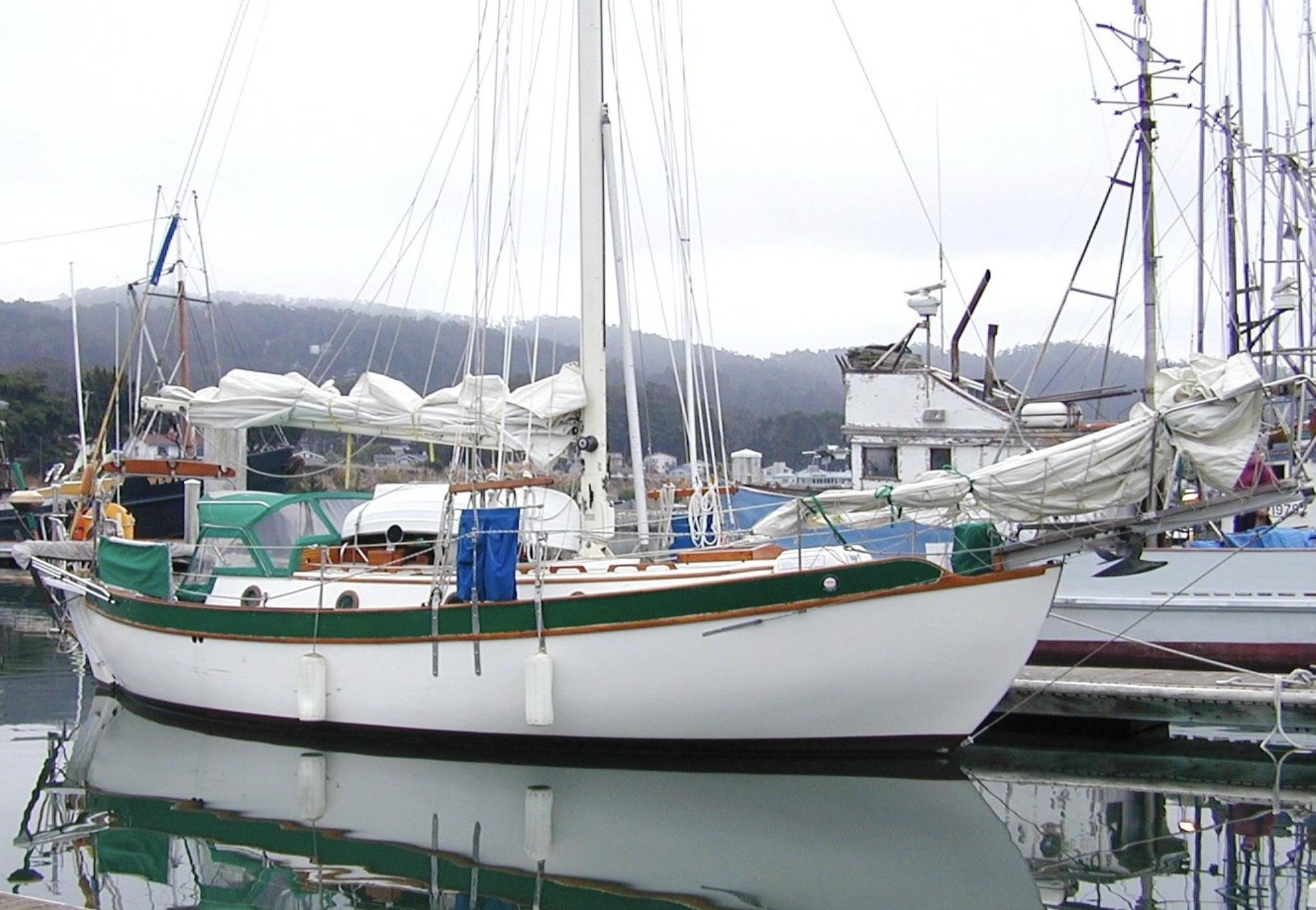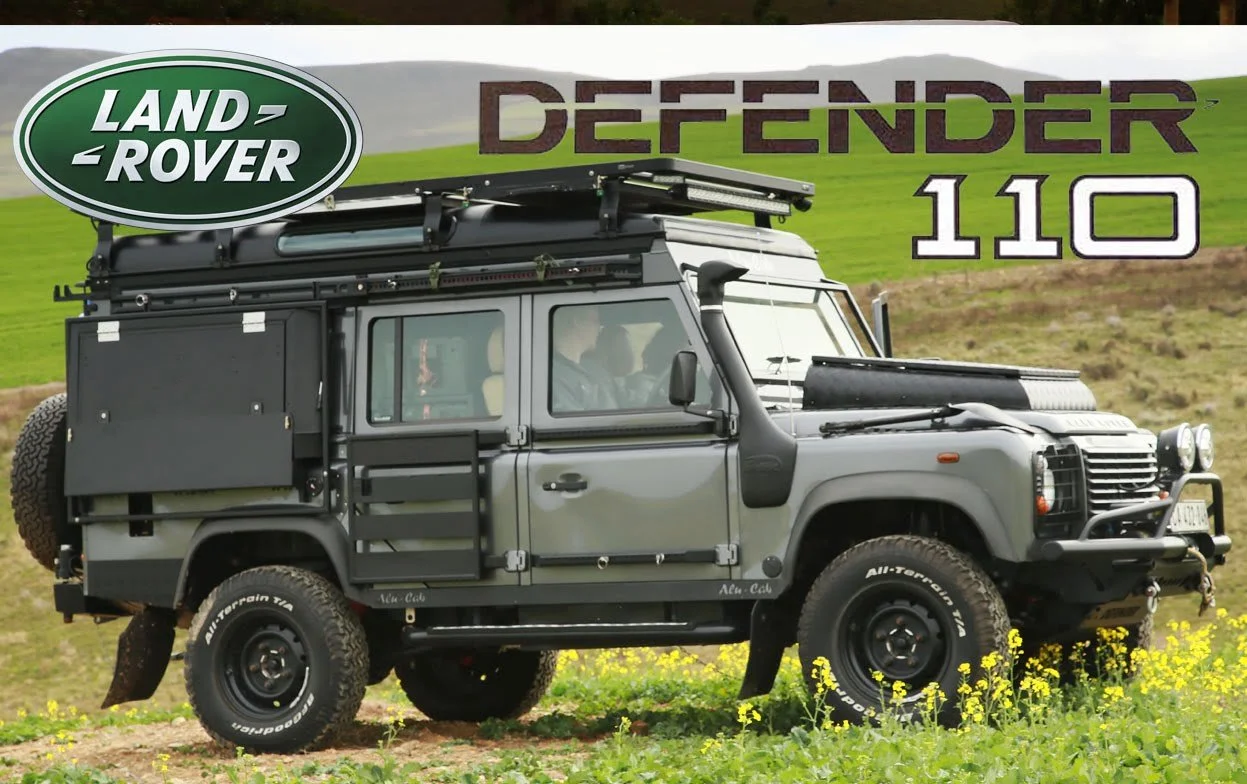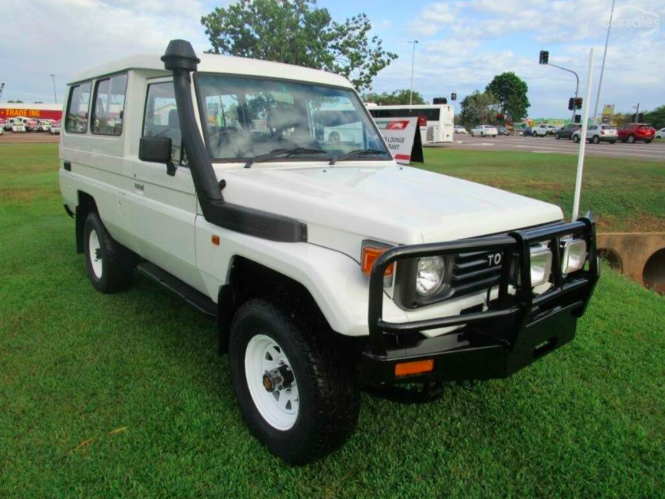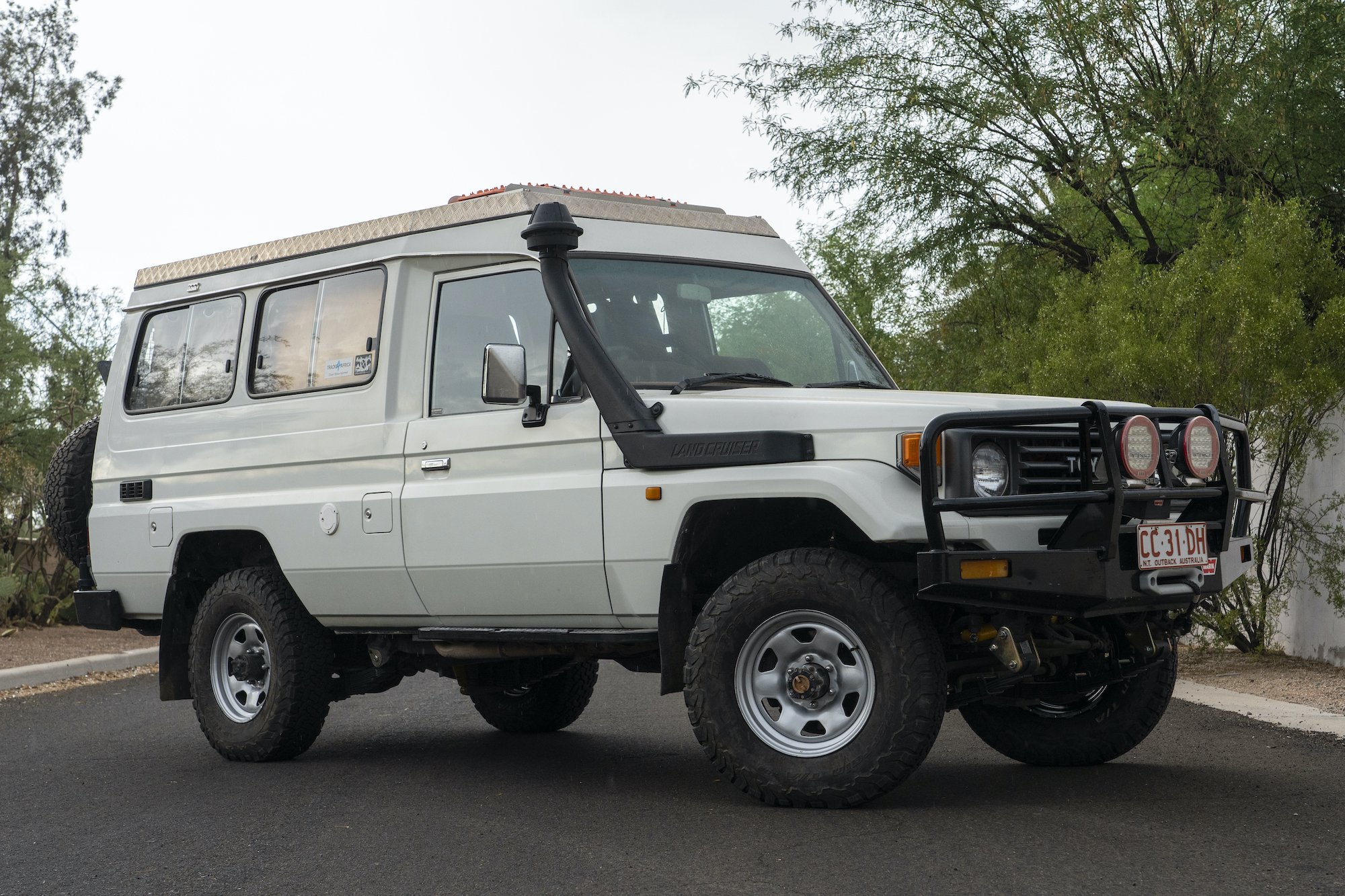Truck, or travel?
Years and years ago I met a fellow who was building a sailboat. (Trust me, this is relevant.)
The boat was a Westsail 32, a legendarily seaworthy cutter known for its ability to comfortably bulldoze its way across any ocean and through any storm (although it was not known for doing so quickly.) Its design descended directly from the stout, double-ended Norwegian life-saving vessels designed by Colin Archer, who also designed the Fram, perhaps the most famous arctic exploration vessel in history.
The Westsail 32 was sold as both a complete boat and as a bare hull and deck, and in the early 1970s hundreds of would-be globe-girdling sailors on budgets bought shells containing little but a few tons of hand-laid fiberglass and dreams. Many of those hulls were completed and went on to actual globe-girdling duty. Others enjoyed a year, two, or five of enthusiastic attention, then slowly grew neglected, dusty and moldy before being sold off at a loss as an “easily finished project.”
Charlie’s Westsail did not suffer from neglect. Far from it. When I met him—which happened because I spotted the boat in his back yard on a bike ride, recognized it instantly, and knocked on his door—he was, if I recall, in his tenth year of ownership and the thing was nowhere near ready to launch. The reason it was not ready was because Charlie insisted on nothing but the very finest craftsmanship for his boat, and nothing but the finest fittings. As a semi-retired welder, he had plenty of time to devote to craftsmanship, but as a semi-retired welder he had to purchase major items such as the mast, the auxiliary diesel engine, the teak for the deck, and numerous others, one at a time, with lengthy gaps to replenish the bank account.
I asked him if he’d considered non-slip for the deck rather than teak. Nope, had to be teak. A used low-hours Volvo diesel instead of a new one? Nope. I couldn’t argue with him, because this Westsail was a work of art; every single component perfect, the interior joinery so flawless I despaired of producing the like if I ever built my own boat. Or bookcase, for that matter.
The problem was, Charlie was ten years and one heart attack older than he was when he bought his hull and deck. As I watched the glacial pace of his build, helping occasionally with awkward work such as laying countertop laminate, I began to wonder if Charlie would ever see anything but his neighbor’s yard from the cockpit of this beautiful sailboat.
And what, you ask, was the denouement? I’m ashamed to say I do not know. At some point I became “caught up in the gale of the world,” as the saying goes, with work, our move to a wildlife refuge as caretakers, and other things that should not have gotten in the way of staying in touch but did. I finally went back four or five years later; the boat was gone, so was Charlie—the new owners of the house knew nothing about him. I could only hope he made it to the South Pacific in his Westsail and found a deserted isle shaded with coconut palms.
Okay—I realize this is a pretty dramatic corollary to prepping a truck to go camping. But long ago I lost count of the people I’ve met who have put so much time, energy, and money into “preparing” their vehicles for epic trips that they’ve not yet gone anywhere, or at most have logged a few weekend jaunts. The dreams are always there: “Yes, planning to do the Dempster.” “Heading for South America next year.” “Baja.” “Alaska.” “Tanzania.” Easterners scheming to go west, westerners eyeing Nova Scotia. One newlywed couple at the Overland Expo was planning to leave from the show to drive around the world; I don’t think they’ve made it off this continent yet.
Why does this happen?
I know a lot of 4x4 owners derive nearly as much satisfaction from the planning and building as from the traveling itself (I’m quite sure this was part of Charlie’s attitude). Other owners—men in particular, in my experience—simply cannot leave any object alone if there are accessories available for it, especially if they can remotely be described as “functional.” Accessorizing and modifying becomes the end, not the means. But a subliminal fear of actually embarking also can easily cultivate a long list of “Oh, I need this” modifications that must be done beforehand—new roof tent, winch, solar array, some of those stylish externally mounted Rotopax fuel cans, driving lamps . . . the list is long.
Many, many other people, however, are ready and willing to go, but have been convinced by magazine articles, advertisements, and forums that they really do need all that stuff. I was reminded of this just the other day when, on a post someone had written about driving the Dempster highway to Tuktoyaktuk, one respondent asked, “What suspension did you install?”—as though some hyper-sophisticated aftermarket setup with progressive-rate springs and external-bypass shocks was a legal requirement before even contemplating such a journey.
Suspension? You don’t need specialized suspension to drive the Dempster Highway. Or the Dalton Highway. Or the Mojave Trail, or the Connie Sue Highway or Ruta 5 or the Skeleton Coast, for that matter—unless you’ve overloaded your vehicle with a lot of other stuff you probably don’t need either.
Don’t get me wrong. I have absolutely nothing against those who farkle their vehicles until the actual silhouette of it is barely recognizable (as long as they’re within GVWR, of course . . .). No one has been more intimately involved with promoting overland travel and its associated equipment in the last two decades than I. And the—shall we say exuberant?—proliferation of products to serve that market has been astonishing to watch.
But, as my friend Tom Sheppard says, “Horses for courses.” It’s good to learn to recognize the difference between what you really need and what someone tells you you need—and also between what you really need and what you really just want. If you build an exhaustively equipped overland vehicle and then happen to drive the Dempster in it, great. But if you build it to be able to drive the Dempster, you’ve wasted your money, and if you put off driving the Dempster until the vehicle has every possible modification completed, you wasted time you could have spent exploring.
Here’s a personal example. In 2016 Roseann and I bought a mostly stock 1993 HZJ75 Troop Carrier in Australia, sight unseen. We had plans to convert it to a fully equipped camper, but we also had time to visit Australia the next month.
The ad photo for our HZJ75
So we had the vehicle shipped to the Expedition Centre in Sydney, where they had just barely enough time to install a pop-top before we arrived. Our friends Graham Jackson and Connie Rodman had bought their own HZJ75, and picked theirs up totally stock. We bolted a fridge in each vehicle, strapped a chuck box in ours, bought cheap 20-liter water cans and foam mattresses, and drove both vehicles halfway across the continent to Alice Springs, crossed the Simpson Desert along the Madigan Line, visited Birdsville, and circled back to Sydney. We left our Land Cruiser at the Expedition Centre again, where they installed cabinetry, a 25-gallon water tank with pressure, a batwing awning, and a few other items. The next year Roseann and I flew in and drove around Tasmania, crossed back and visited the Flinders Range, Coober Pedy, and Uluru. The year after, Graham and Connie—who by now had their own pop-top and water tank—joined us again, and we drove all the way across Australia, shipped the vehicles to Africa, and continued to the Atlantic coast.
And as it is now.
Did we have more fun the second and third year than the first? Heck no. Sure, we were more comfortable, and camp was easier to set up. But it wasn’t more fun, and nothing we’d added was essential to completing our routes. More important, if we’d waited to have everything finished before we went we would have missed an entire year of exploration.
There are a few modifications I consider essential for remote travel—good tires, a dual-battery system, and just a couple others. Beyond that, there are a whole bunch that are nice to have—but not one that should be a substitute for actually getting out and traveling. As always, the Vehicle-dependent Expedition Guide is a good resource for sorting out the must-haves from the marketing.





